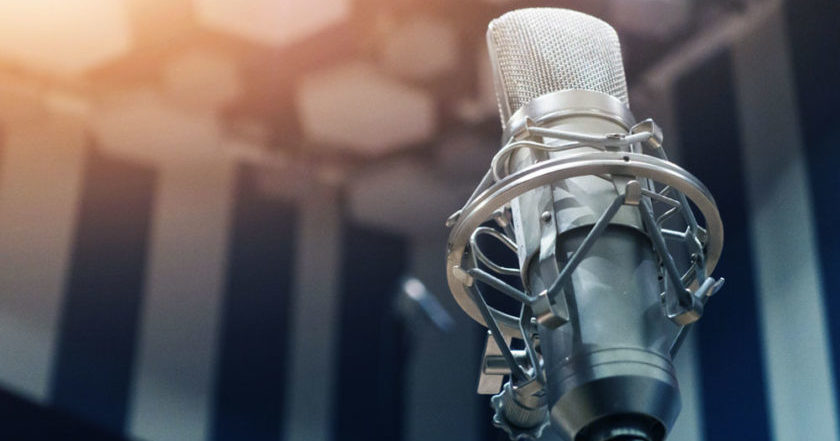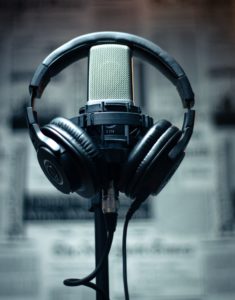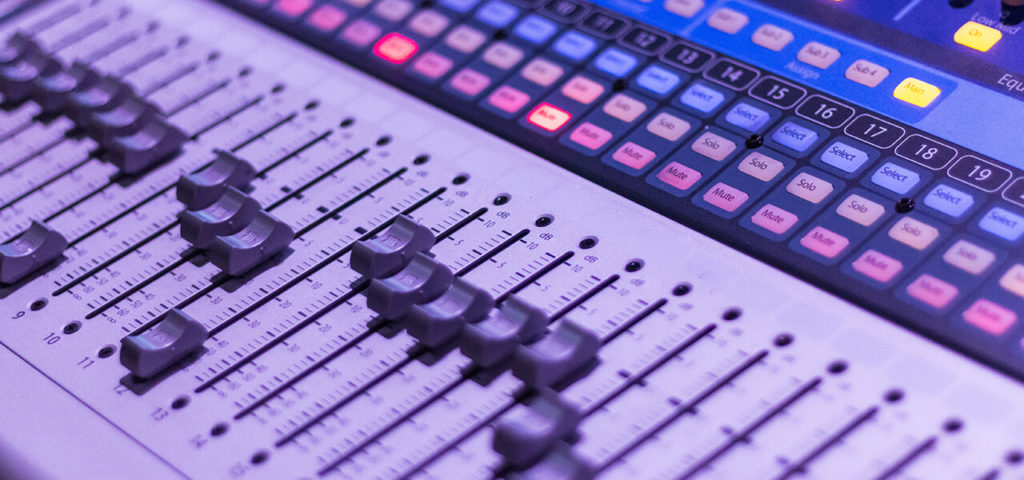
M&E Journal: The Realities of Remote Dubbing
The challenges of remote dubbing — both physical and technological — have come front and center during the pandemic.
The physical hurdles are the most obvious: under normal circumstances dubbing would usually take place in a purpose-built, soundproof vocal room. One likely designed by an acoustic engineer with everything from extra-thick walls and acoustic panels, to large video reference monitors and highly sensitive microphones.
Needless to say that luxury is very difficult to come by in the midst of a global pandemic and subsequent quarantining. Casting actors for dubbing is an art in itself and while some voice-over talent have home studios, most do not. So keeping the integrity of the casting process poses a dilemma that is contingent on the actor’s living quarters.
Blindly surveying a site for pre-production, or in this case an actor’s home, comes with many challenges. Each actor’s home setting adds to a kaleidoscopically variable list of obstacles. For instance a typical New York City apartment is often equipped with brick walls, hardwood floors, footstep noise from the apartment above and of course the ubiquitous noises of a big city. Most of the aforementioned would cause an audio engineer tasked with this challenge to cringe.
 THE DIY METHOD
THE DIY METHOD
Fortunately, the DIY methods of home studio dressing have been around ever since nonlinear home recording first became a reality more than 20 years ago. Many of those methods — such as draping comforters on windows, laying cardboard on the floor, or even setting up shop in a closet — are very helpful toward dampening the dreaded noise reflection.
Along with remote recording spaces, equipment is another issue that can be equally as challenging in a remote environment. The microphone is easily the most integral part of the remote recording process. While professional recording studios use microphones that produce pristine audio, the makeshift home studio likely cannot provide an environment quiet enough to facilitate the hyper sensitivity of a high-end condenser microphone.
There have been tireless debates as to the advantages and disadvantages of both Dynamic and Condenser (or Capacitor if you happen to be British) microphones, particularly in a remote studio environment. In short, a Condenser microphone will capture more nuances of an actor’s voice along with potentially undesirable room reflections. While a dynamic microphone will capture less nuance but also less room reflection and can also be considerably smaller such as a lavalier (clip-on) microphone.
Ultimately the most important factor is that the eventual-recorded audio be clean enough to use in the post phase, where some truly amazing things can be done to audio files today. However, the decision between a Dynamic or a Condenser microphone can prove to be vital and differ greatly depending on the room it will ultimately be used in.
Some of our best results just so happened to be recorded with an inexpensive dynamic microphone which was handheld and recorded under-the-covers in a slumber party storytelling fashion.
THE TECHNOLOGICAL ISSUES
The technological challenges of remote dubbing are not quite as much fun to solve. Anyone who has ever used a USB interface to record into a computer has had to compensate for some level of latency. Even while moving at the speed of light, the internet has inherent latency as well (think of news anchors interviewing subjects remotely and their delay in answering the questions).
Add to this the fact that, during a quarantine, the entire neighborhood is likely to be working from home, saturating the same local internet lines being used to send audio halfway around the world while producing a frame-accurate, lip-sync dubbing session. Fortunately, nonlinear recording affords many methods to compensate for latency. However, the connectivity dropouts are a bit more complex and compensating for that requires more innovative methods.
There are products on the market, for example, that send audio from the actor to the receiving end (usually the remote studio) while simultaneously recording the audio from the transmitting end (likely the actor). Upon demand the engineer with the use of these technologies is able to synchronize the audio files in a way that will fill in the breaks in audio from the originating source. Recording software has come quite a long way in recent years. Moore’s Law is responsible for most of that.
 Though it should be mentioned that the necessity for remote video meetings well before the pandemic has forced the proliferation of audio and video quality enough to be able to handle acceptable latency with video transmission. Because video is so much more robust than audio, the resulting developed technologies were able to encapsulate audio, in particular, at a highly efficient bitrate with minimal degradation.
Though it should be mentioned that the necessity for remote video meetings well before the pandemic has forced the proliferation of audio and video quality enough to be able to handle acceptable latency with video transmission. Because video is so much more robust than audio, the resulting developed technologies were able to encapsulate audio, in particular, at a highly efficient bitrate with minimal degradation.
As a result, remote audio recording has reaped the benefits of these codecs which require less and less overhead as each year passes. Today one can push uncompressed 192 Kbps, 384 Kbps or even 1,344 Kbps audio in 7.1 with enough bandwidth.
The final piece of the puzzle is, of course, the video frame. Modern dubbing is a lot less forgiving of a process than in years past. What was once acceptable is no longer. When producing a lip-sync overdub in a different language there are many factors that contribute to a strong final product. Aside from lip-sync accuracy, there are many functions that a Dubbing Director must relay to an actor for creative direction.
Being in the same room and giving direction is a lot different than being remotely connected and gesturing to an actor 3,000 miles away, communicating with an engineer, and changing scripts on the fly while keeping pre-release material secure. Even with lightweight proxy video: latency compensation is by no means a simple task.
There are many technologies on the market today that address these issues. Some of those technologies such as Time Code Synchronization have been able to mitigate latency down to a single frame. However, to date there is not one solution that solves all of the issues without sacrificing one over the other. That is not to say that there are not some brilliant technologies that will continue to advance as we speak.
The current pandemic has surely brought objectivity into light and has forced technology developers to work overtime in solving these issues.
Our studios have taken multiple precautions to reopen safely and while remote dubbing may only be able to emulate an in person studio session, the technologies that have been brought to light will undoubtedly be incorporated into our studios.
And as these technologies advance we will have gained confidence in their functionality as a result of our experience with them.
* By Jason Marshall, Director, Technology, IDC Digital
——————————————————
Click here to translate this article
Click here to download the complete .PDF version of this article
Click here to download the entire Winter 2020/2021 M&E Journal
